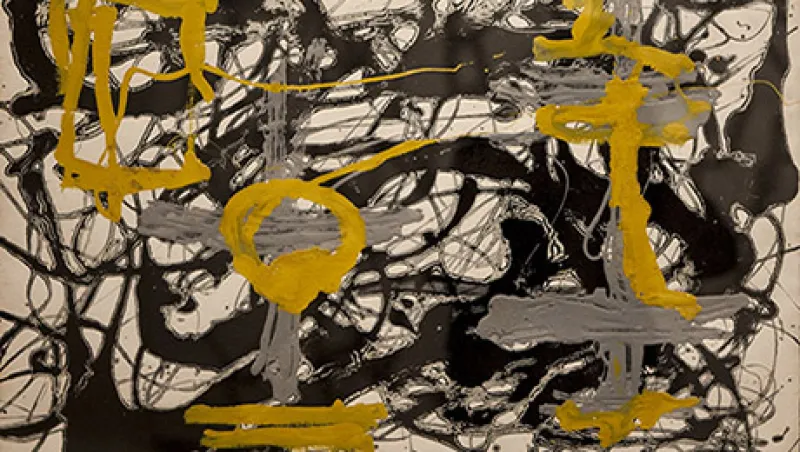A series of major economic releases in the coming week will draw the spotlight firmly towards monetary policy, as quarterly earnings season rumbles to a close. Japanese GDP, U.K. inflation and the release of notes from the latest U.S. Federal Open Market Committee meeting will provide more insight into central bank decision making.
Monday, November 16: Japan’s Cabinet Office releases preliminary third-quarter GDP data. Consensus forecasts are for another contractionary reading, which would mark a technical recession. Recent sentiment data among business leaders has revealed that slowing demand from China, Japan’s primary trading partner, is undermining confidence despite the Bank of Japan’s massive easing efforts.
Tuesday, November 17: Currency markets will be keeping a close eye on the October consumer price index release by the Bank of England and its accompanying testimony — especially in light of data released last month confirming that in September, the U.K. experienced its second period of deflation since 1960. BoE Governor Mark Carney has retained a dovish tone in recent months, arguing that despite record-low rates, the strength of the pound sterling is behind the dampened prices.
Wednesday, November 18: With interest rates futures markets now heavily factoring in a December rate hike by the Federal Reserve, Wednesday’s release of the notes from the FOMC meeting last month are unlikely to provide any surprises. Some Fed policymakers have been independently sticking to a hawkish script in recent speeches.
Thursday, November 19: The annual Pushkar Camel Fair gets underway in the state of Rajasthan, India. More than 300,000 people and tens of thousands of dromedaries will gather for parades, races and entertainment in the world’s largest mela (Hindi for “festival”) celebrating the camel. Among the event’s most famous attractions are the moustache contest, which features examples that are multiple feet-long and the bridal competition, which showcases an array of marriage costumes.
Friday, November 20: The Hungarian Central Statistical Office releases preliminary third-quarter GDP data. Earlier this month the European Commission issued a report projecting lower-trending growth in Hungary in 2015 and 2016, though anticipated that growth there would remain well ahead of levels in larger European economies. The projection for Hungary comes despite headwinds caused by lessened demand from Russia and the Middle East refugee crisis.
Sunday, November 22: In December 1956, the Museum of Modern Art in New York held the first-ever exhibition of Jackson Pollock’s work — a few months after the abstract expressionist painter’s death at age 44 in a car accident near his home in the Hamptons area of Long Island. Nearly 59 years later, MoMA unveils a comprehensive show of Pollock’s work entitled “A Collection Survey, 1934–1954.”
The exhibit, which is to run through March 13, 2016, will spotlight some of his earlier, more traditional, canvases, as well as his radically abstract later work including One: Number 31, 1950, which the museum calls “arguably Pollock’s greatest masterpiece.”






